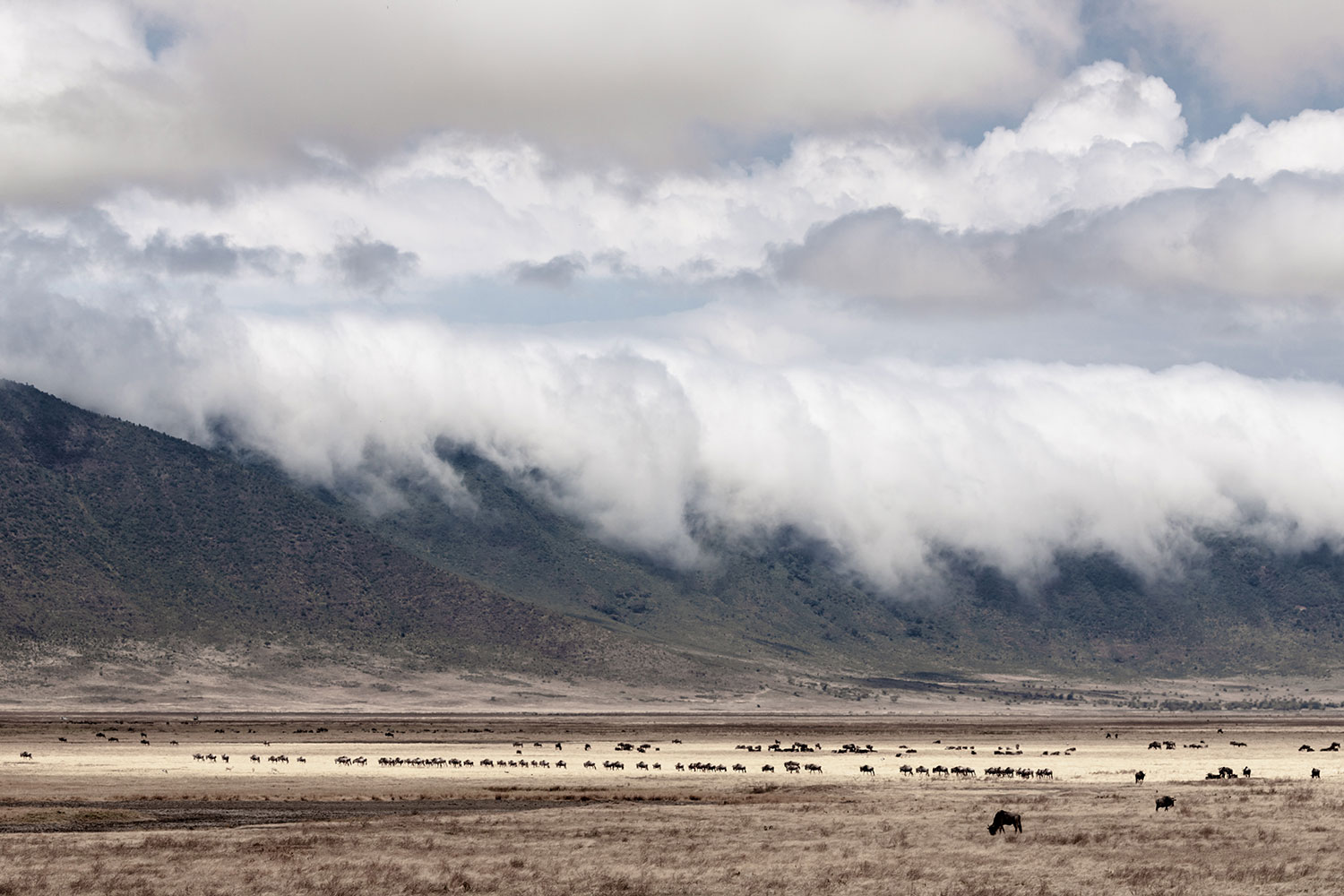
22 October 2022
There are two rainy seasons in Tanzania – the long rains called the Masika, which usually fall from mid-March into May, and the short rains called the Vuli, which usually occur in late October and into November.

Just after the rains, the land is green and lush, all the animals are well-fed, and life is good.
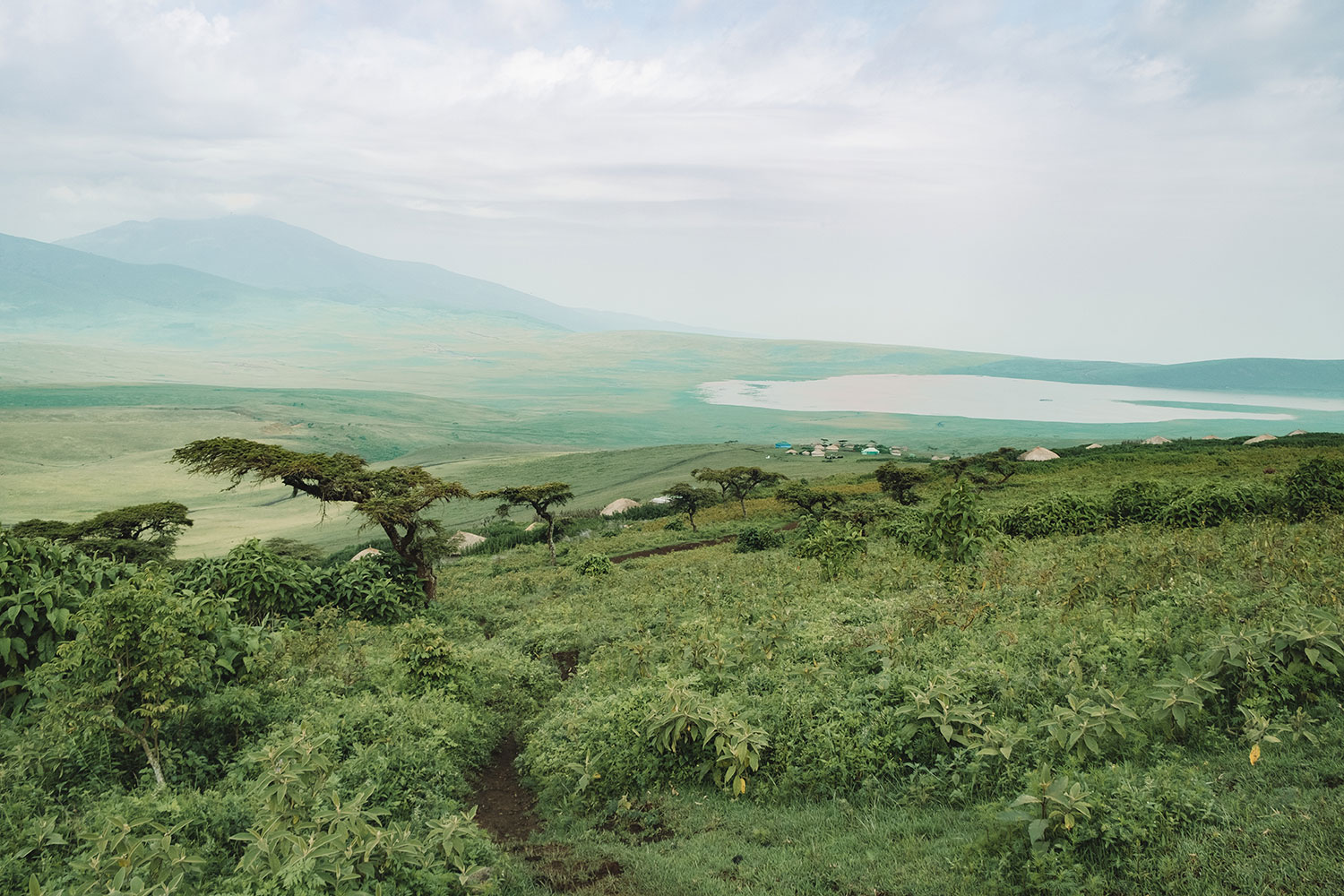
We do not use irrigation at Gibb’s Farm. We rely on natural rainfall, water catchment, underground water sources and the use of trees, mulch, and compost to get us through the dry seasons.
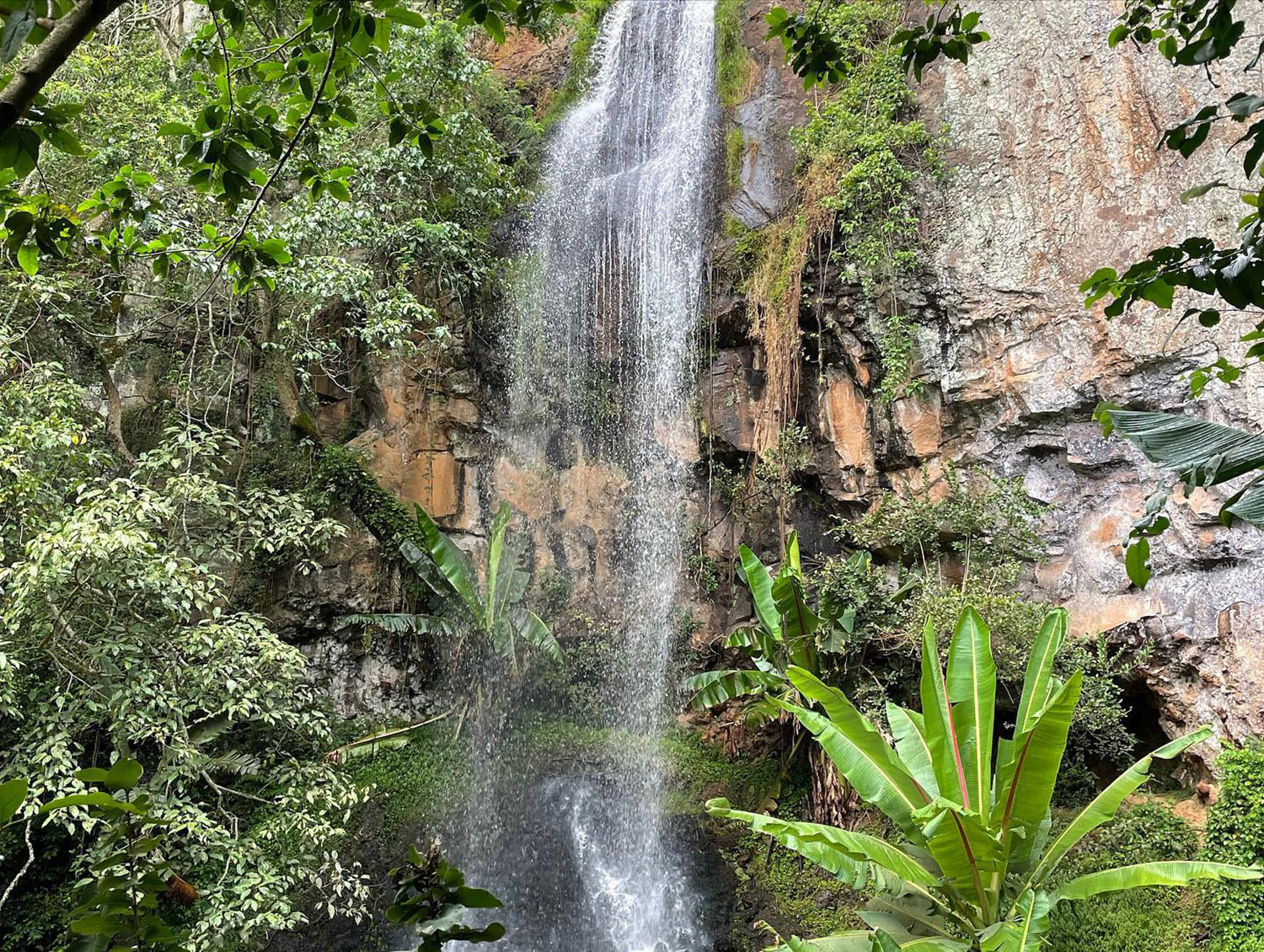
It is time for the Vuli. The surrounding plateau is dry and dusty. The dust lifts easily from the movement of hooves, feet, and tires. It floats and swirls in the warm breeze and then settles. It settles on everything. The animals are not as well fed, and they move more slowly and rest more often.
The bees have all migrated to the outer slopes of Ngorongoro, where naturally due to high levels of forestation a higher concentration of water can be found. The area still has lush vegetation and flowering plants.
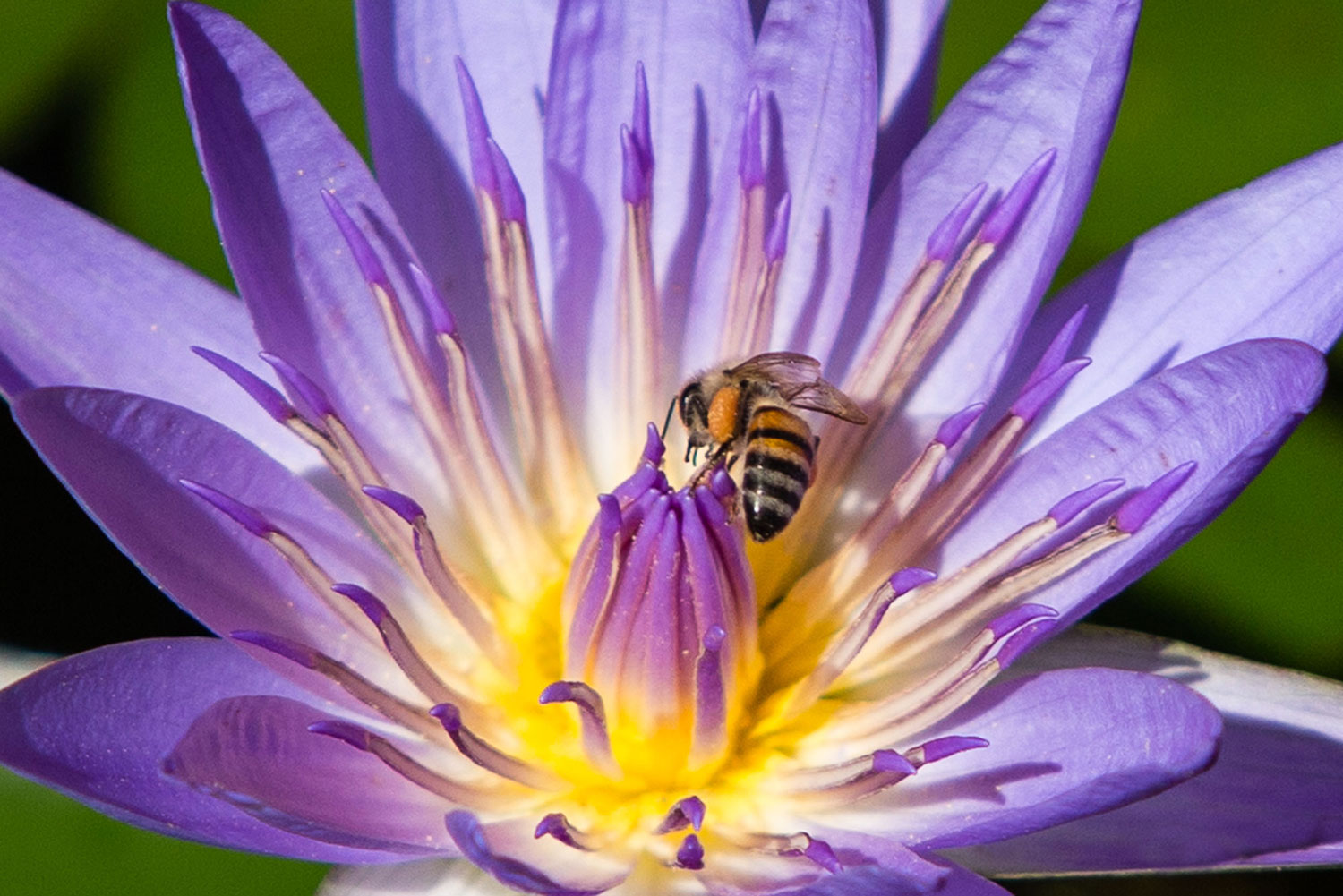
Trees: the lungs of the planet and forests are essential for water. Every day, forests replenish the supply of water vapour in the atmosphere. They draw water up from as far down into the Earth as their roots can reach and release it from their leaves via transpiration.
Along with evaporation from lakes and other water bodies, this is what drives the water cycle and charges the atmosphere with water vapour. 70% of the atmospheric moisture generated over land areas comes from plants (as opposed to evaporation from lakes or rivers) – much more than previously thought.
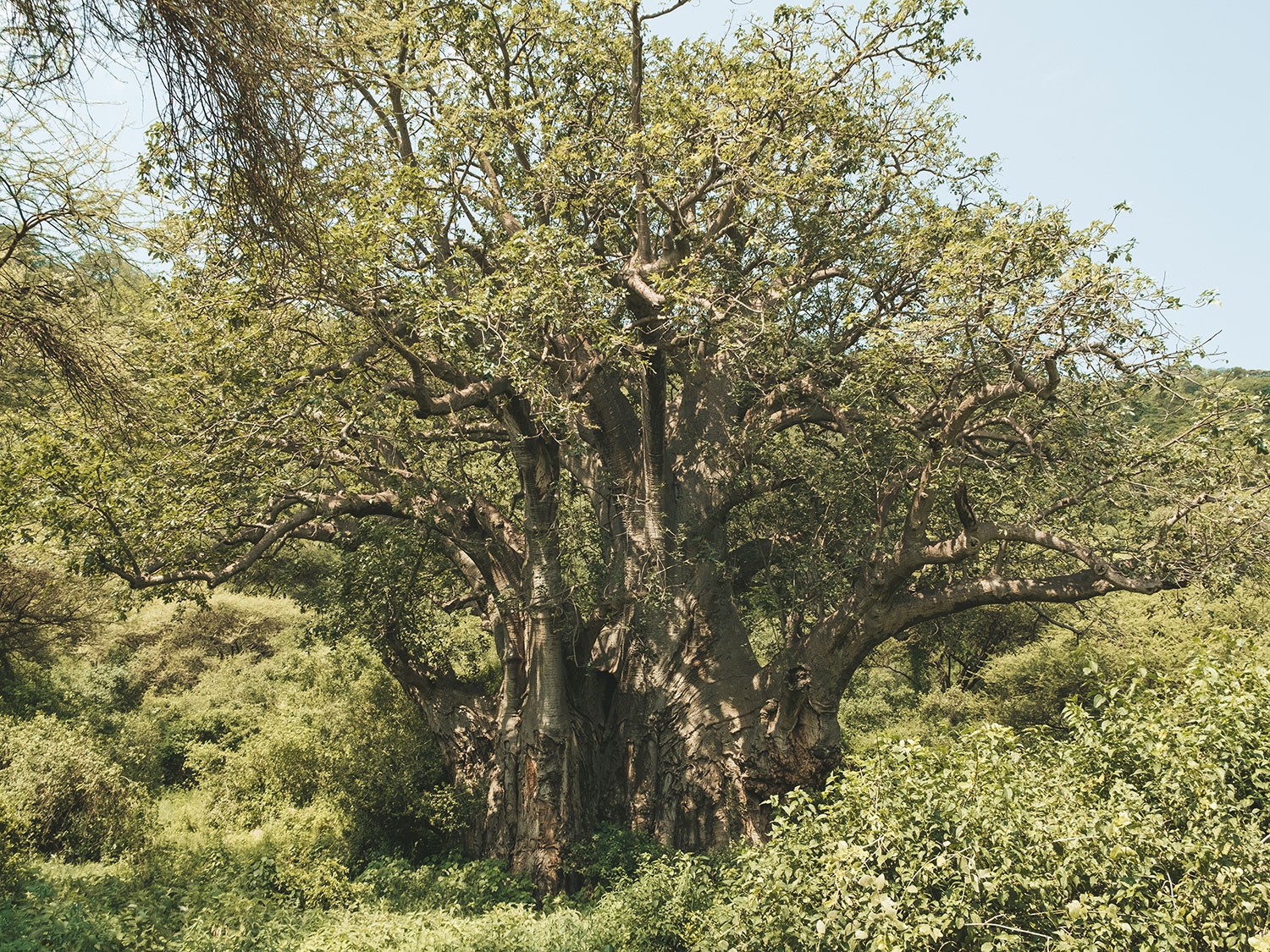
Cutting a massive number of trees disrupts the whole water replenishing cycle, causing less rainfall and drying of underground water. The amount of groundwater reduces, unable to supply water to lakes and reservoirs, resulting in water shortages and droughts.
Forests are one of our best natural defences against climate change due to their capacity to store large quantities of carbon dioxide. Deforestation results in this stored carbon being released into the atmosphere.
In Tanzania, the main driver of deforestation is shifting agriculture contributing up to 80% of the country’s deforestation. Methods to clear forests for farming, such as ‘slash and burn’, degrade the soil and little is done to replenish the lost nutrients. When the land stops producing, the farmers move on in search of more forest to convert to farmland, continuing the cycle of destruction.
When forests are cleared, soil erosion occurs as rain washes away topsoil and its vital nutrients. Heavy soil erosion can be seen across Tanzania and other parts of Africa, eventually rendering the land unusable and increasing the possibility of severe flooding with the potential to destroy homes and livelihoods.
Whilst reforesting by planting trees is not as good as natural reforesting from mature tree seedlings, it is at least a positive step. The Tanzanian Government is working on several initiatives including reforesting the base of Kilimanjaro and incorporating agricultural farming between the trees.
There are also Non-Government Organisations who have been working in Tanzania like ReforestAction which has successfully planted 1 million trees.
Gibb’s Farm is also working on reforesting our green corridor in conjunction with Ngorongoro Conservation Area.